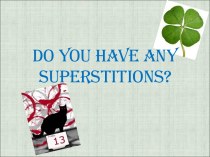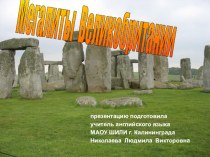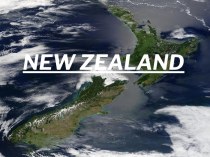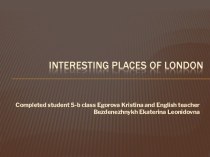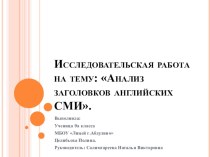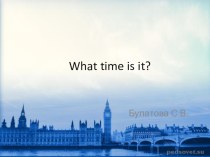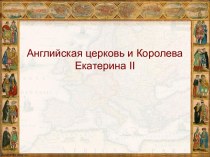- Главная
- Разное
- Бизнес и предпринимательство
- Образование
- Развлечения
- Государство
- Спорт
- Графика
- Культурология
- Еда и кулинария
- Лингвистика
- Религиоведение
- Черчение
- Физкультура
- ИЗО
- Психология
- Социология
- Английский язык
- Астрономия
- Алгебра
- Биология
- География
- Геометрия
- Детские презентации
- Информатика
- История
- Литература
- Маркетинг
- Математика
- Медицина
- Менеджмент
- Музыка
- МХК
- Немецкий язык
- ОБЖ
- Обществознание
- Окружающий мир
- Педагогика
- Русский язык
- Технология
- Физика
- Философия
- Химия
- Шаблоны, картинки для презентаций
- Экология
- Экономика
- Юриспруденция
Что такое findslide.org?
FindSlide.org - это сайт презентаций, докладов, шаблонов в формате PowerPoint.
Обратная связь
Email: Нажмите что бы посмотреть
Презентация на тему GLASGOW
Содержание
- 2. Geographic locationGlasgow is located
- 3. General informationArea 67.76 sq mi (175.5 km2) Population 598,830 Country ScotlandLanguage English, ScotsSovereign state United Kingdom
- 4. Administrative divisionGlasgow has 21
- 7. Coat
- 9. St. Mungos CathedralMap of Glasgow in 1776
- 10. Glasgow’s carpet factory (1892)
- 11. Скачать презентацию
- 12. Похожие презентации
Geographic locationGlasgow is located on the north-west of the UK, in the central part of the Central Scottish Lowlands to the northern highlands on the Clyde River, 32 km from its mouth. Altitude
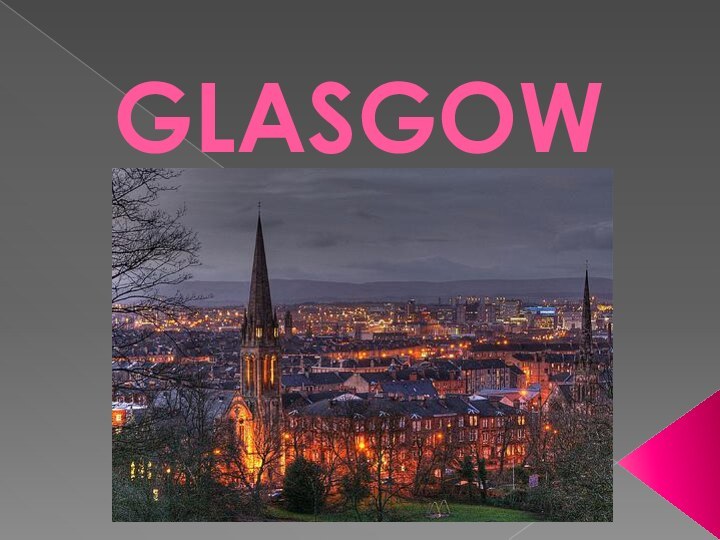
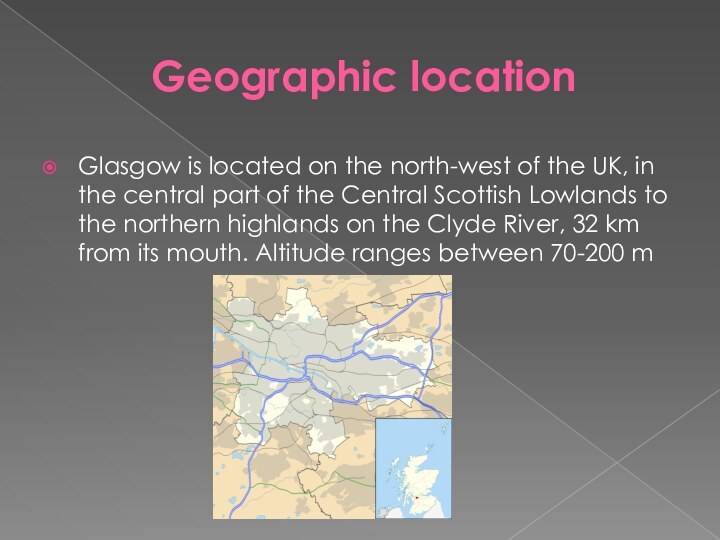
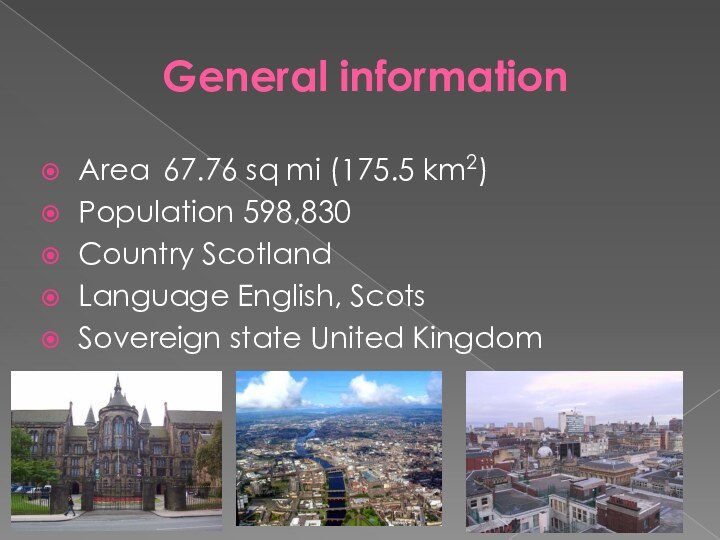
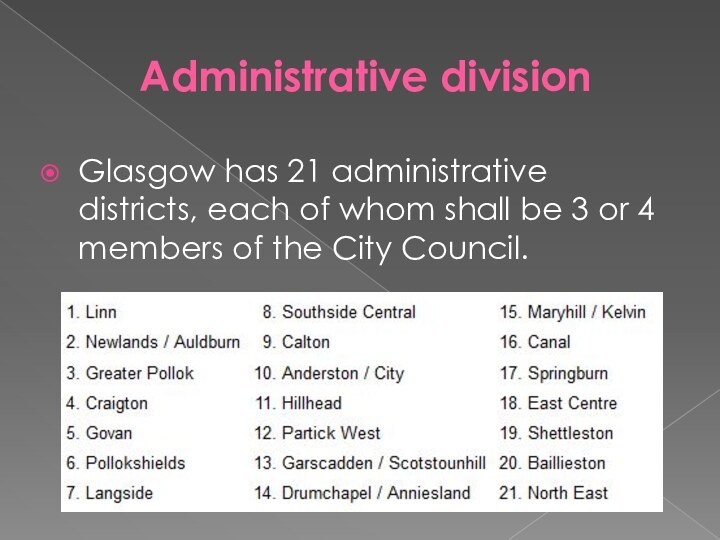
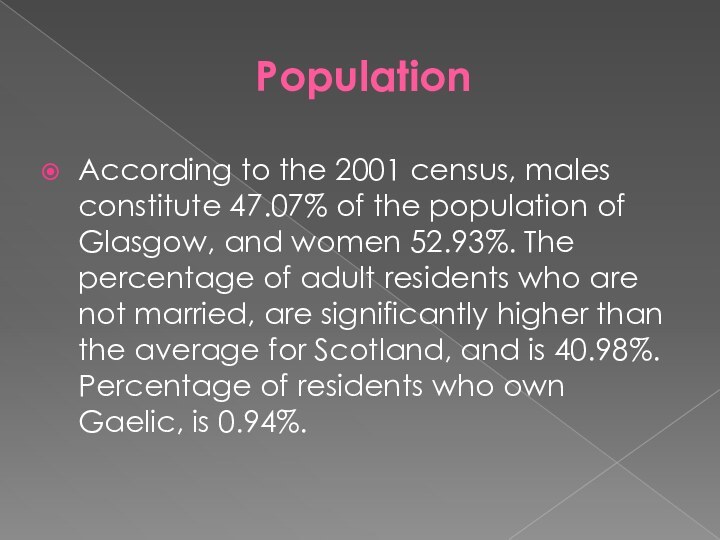
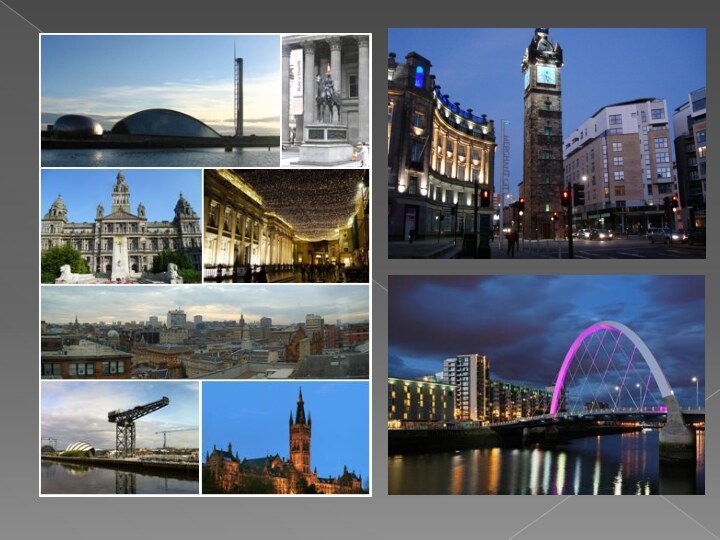
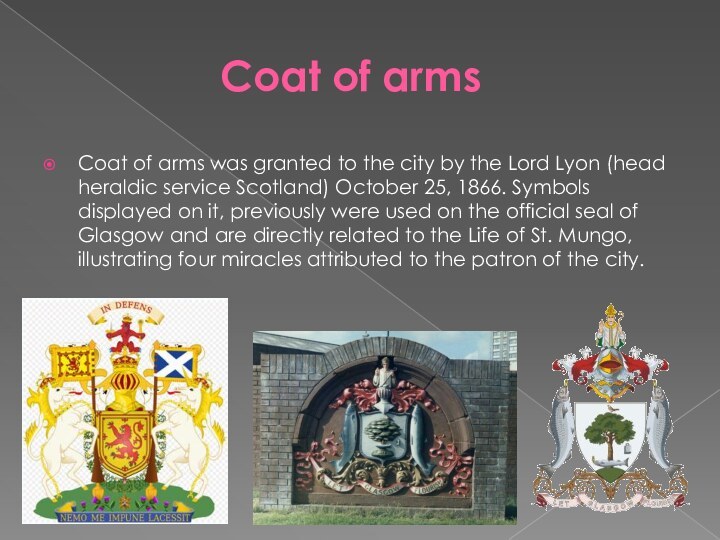
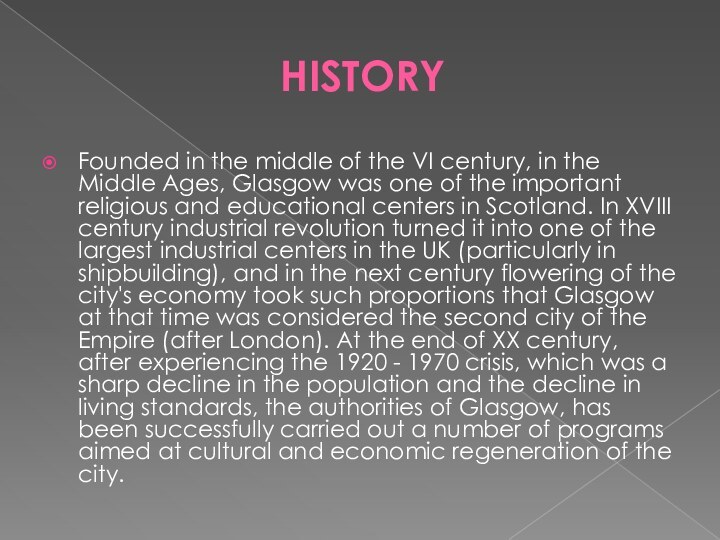
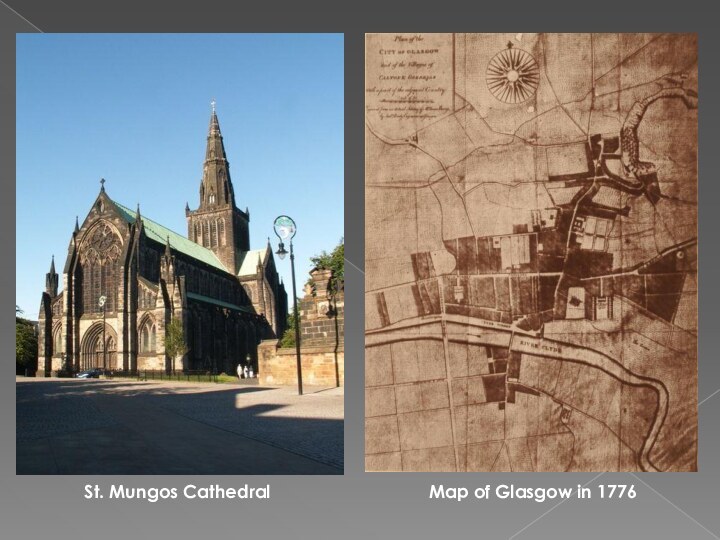

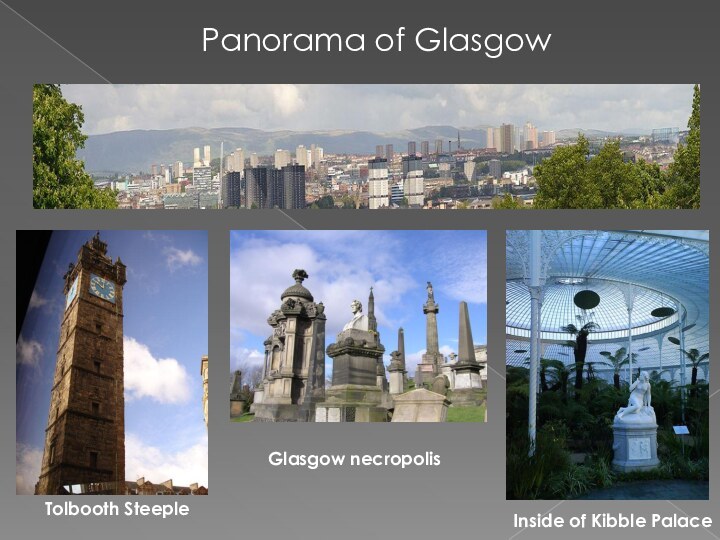
Слайд 3
General information
Area 67.76 sq mi (175.5 km2)
Population
598,830
Country Scotland
Language English, Scots
Sovereign state United Kingdom
Слайд 4
Administrative division
Glasgow has 21 administrative
districts, each of whom shall be 3 or 4
members of the City Council.Слайд 5
Population
According to the 2001 census, males constitute 47.07% of
the population of Glasgow, and women 52.93%. The percentage of adult residents who are not married, are significantly higher than the average for Scotland, and is 40.98%. Percentage of residents who own Gaelic, is 0.94%.Слайд 7 Coat of
arms
Coat of arms was granted to the city by
the Lord Lyon (head heraldic service Scotland) October 25, 1866. Symbols displayed on it, previously were used on the official seal of Glasgow and are directly related to the Life of St. Mungo, illustrating four miracles attributed to the patron of the city.Слайд 8
HISTORY
Founded in the middle of the VI century,
in the Middle Ages, Glasgow was one of the important religious and educational centers in Scotland. In XVIII century industrial revolution turned it into one of the largest industrial centers in the UK (particularly in shipbuilding), and in the next century flowering of the city's economy took such proportions that Glasgow at that time was considered the second city of the Empire (after London). At the end of XX century, after experiencing the 1920 - 1970 crisis, which was a sharp decline in the population and the decline in living standards, the authorities of Glasgow, has been successfully carried out a number of programs aimed at cultural and economic regeneration of the city.
Слайд 10
Glasgow’s carpet factory (1892)
Glasgow map in 1878
Glasgow-George-Square
(1900)Glasgow Science Centre (1990)


